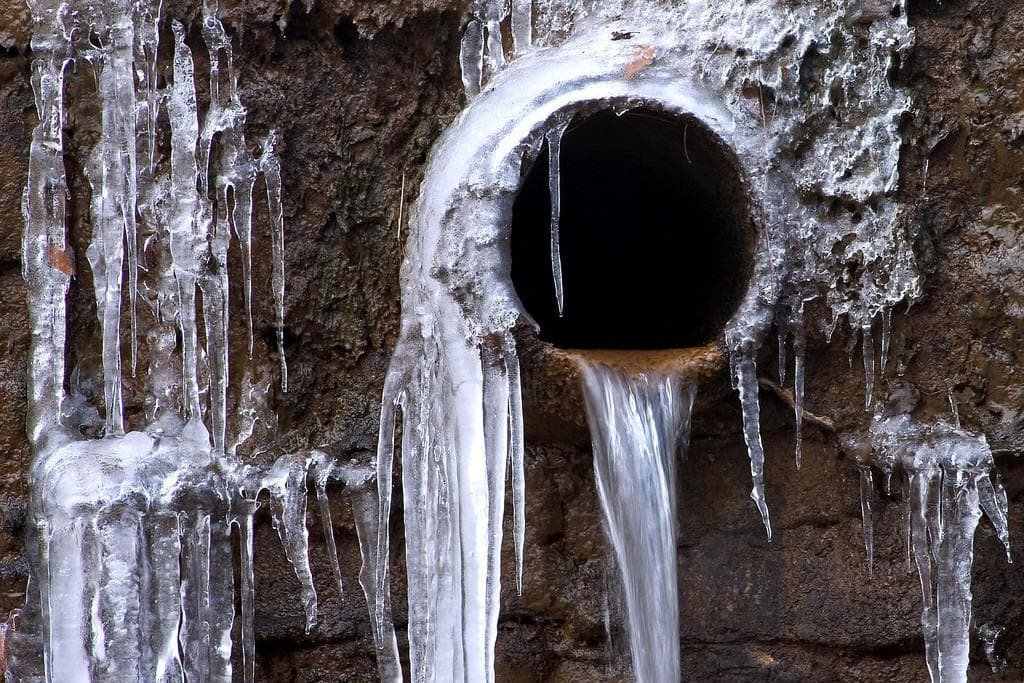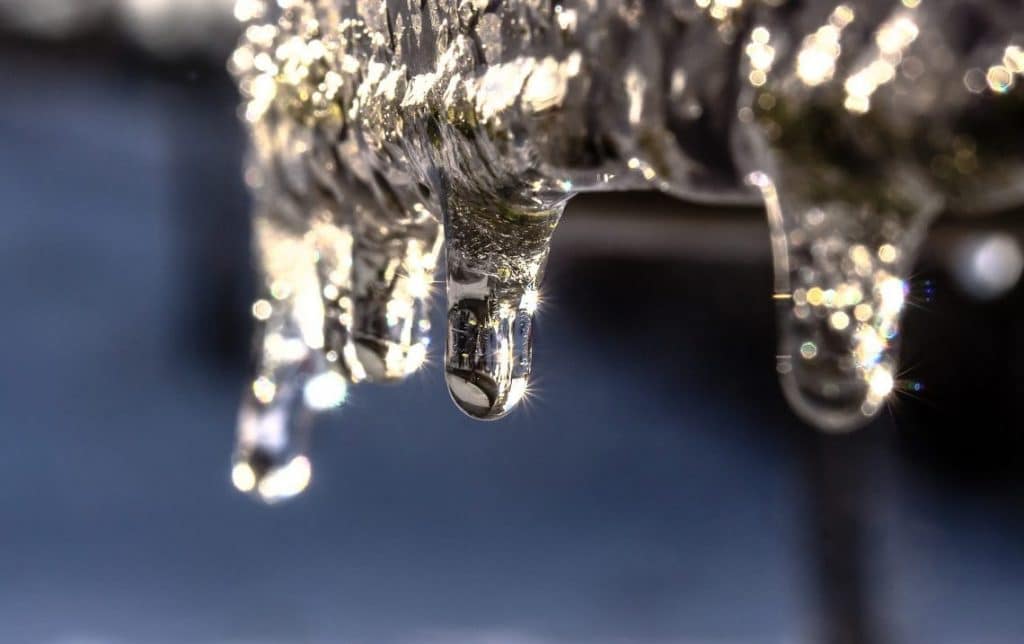Important Tips to Avoid Frozen Pipes in Cold Weather
Important Tips to Avoid Frozen Pipes in Cold Weather
Blog Article
They are making several great observations regarding How to Prevent Your Pipes From Freezing as a whole in this article followed below.

Winter can wreak havoc on your plumbing, particularly by freezing pipelines. Below's how to prevent it from occurring and what to do if it does.
Intro
As temperatures decline, the danger of icy pipes boosts, possibly bring about expensive repair services and water damage. Recognizing just how to stop icy pipelines is vital for property owners in chilly environments.
Comprehending Icy Pipelines
What creates pipes to ice up?
Pipes freeze when subjected to temperatures below 32 ° F (0 ° C) for prolonged durations. As water inside the pipelines ices up, it increases, taxing the pipeline wall surfaces and possibly triggering them to rupture.
Dangers and problems
Frozen pipelines can lead to supply of water interruptions, building damage, and costly repair work. Burst pipelines can flood homes and create comprehensive architectural damage.
Indications of Frozen Pipes
Determining icy pipes early can stop them from bursting.
How to identify frozen pipes
Try to find decreased water circulation from taps, uncommon odors or sounds from pipes, and noticeable frost on exposed pipelines.
Avoidance Tips
Insulating prone pipelines
Wrap pipelines in insulation sleeves or utilize warmth tape to shield them from freezing temperatures. Concentrate on pipelines in unheated or outside areas of the home.
Home heating methods
Maintain indoor areas appropriately warmed, particularly areas with pipes. Open closet doors to permit cozy air to circulate around pipes under sinks.
Securing Outdoor Pipes
Garden hose pipes and outdoor taps
Detach and drain pipes garden pipes before winter months. Set up frost-proof spigots or cover outside taps with protected caps.
What to Do If Your Pipelines Freeze
Immediate actions to take
If you suspect icy pipelines, maintain taps open up to eliminate stress as the ice thaws. Make use of a hairdryer or towels soaked in warm water to thaw pipes slowly.
Long-Term Solutions
Architectural adjustments
Think about rerouting pipes far from outside walls or unheated areas. Add additional insulation to attic rooms, basements, and crawl spaces.
Updating insulation
Invest in premium insulation for pipelines, attics, and wall surfaces. Proper insulation helps maintain regular temperatures and minimizes the threat of icy pipes.
Final thought
Avoiding frozen pipes requires proactive procedures and quick reactions. By recognizing the reasons, signs, and preventive measures, homeowners can safeguard their pipes throughout winter.
5 Ways to Prevent Frozen Pipes
Drain Outdoor Faucets and Disconnect Hoses
First, close the shut-off valve that controls the flow of water in the pipe to your outdoor faucet. Then, head outside to disconnect and drain your hose and open the outdoor faucet to allow the water to completely drain out of the line. Turn off the faucet when done. Finally, head back to the shut-off valve and drain the remaining water inside the pipe into a bucket or container. Additionally, if you have a home irrigation system, you should consider hiring an expert to clear the system of water each year.
Insulate Pipes
One of the best and most cost-effective methods for preventing frozen water pipes is to wrap your pipes with insulation. This is especially important for areas in your home that aren’t exposed to heat, such as an attic. We suggest using foam sleeves, which can typically be found at your local hardware store.
Keep Heat Running at 65
Your pipes are located inside your walls, and the temperature there is much colder than the rest of the house. To prevent your pipes from freezing, The Insurance Information Institute suggests that you keep your home heated to at least 65 degrees, even when traveling. You may want to invest in smart devices that can keep an eye on the temperature in your home while you’re away.
Leave Water Dripping
Moving water — even a small trickle — can prevent ice from forming inside your pipes. When freezing temps are imminent, start a drip of water from all faucets that serve exposed pipes. Leaving a few faucets running will also help relieve pressure inside the pipes and help prevent a rupture if the water inside freezes.
Open Cupboard Doors
Warm your kitchen and bathroom pipes by opening cupboards and vanities. You should also leave your interior doors ajar to help warm air circulate evenly throughout your home.

Do you appreciate reading about 6 Ways to Prevent Frozen Pipes? Make a remark directly below. We would be happy to listen to your reactions about this content. Hoping that you visit us again soon. Be sure to pause to share this entry if you liked it. Kudos for being here. Come back soon.
About This Report this page